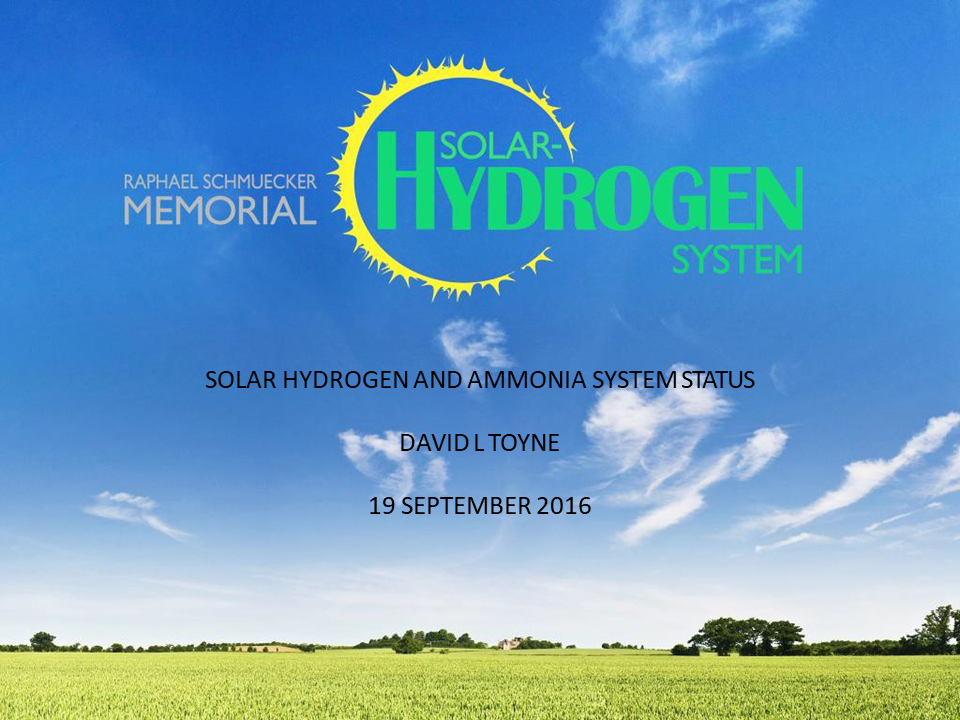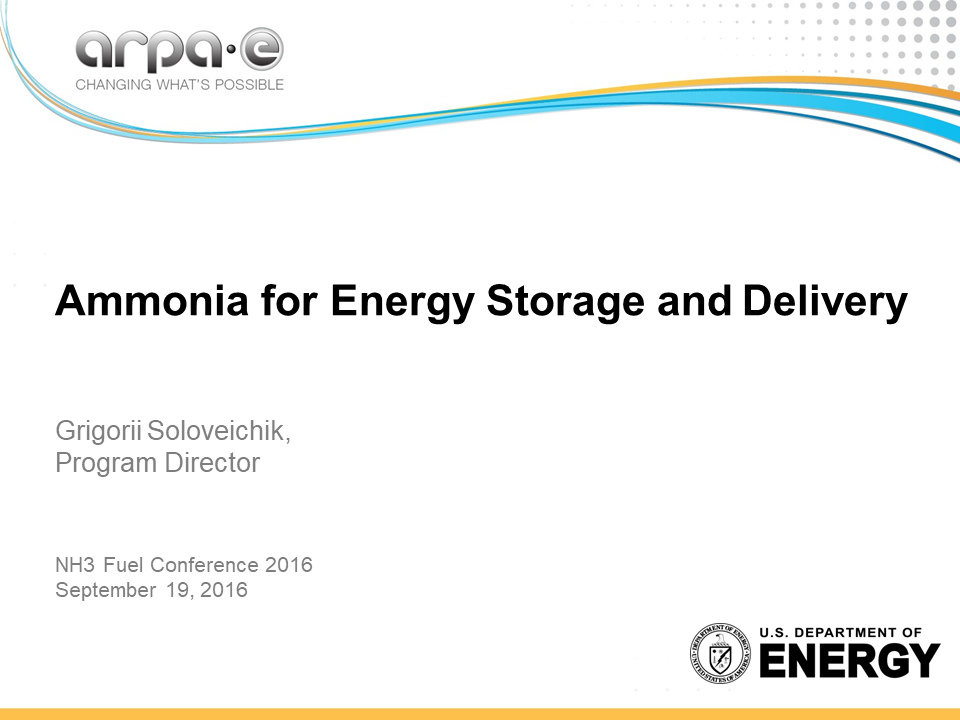Presentation
Carbon Free liquid fuel for tomorrow's piston and turbine generators
In the 1960s the US Army and University of California modified and flew military helicopter and fixed-wing turbine aircraft by burning pure ammonia. The plan was to generate NH3 from local air & water in remote locations, sparing little expense by modifying only the engine’s firebox and air intake. We’re all here to reduce the cost of air travel, placate noise complainers, and grab our share of the massive growth of future airline cash-flow. Nonsense. The real goal is not fuel efficiency but Carbon-free air travel; electric-hybrids with current engine-generators. Americans bought 6,000,000,000 pounds of liquid NH3 last year.







